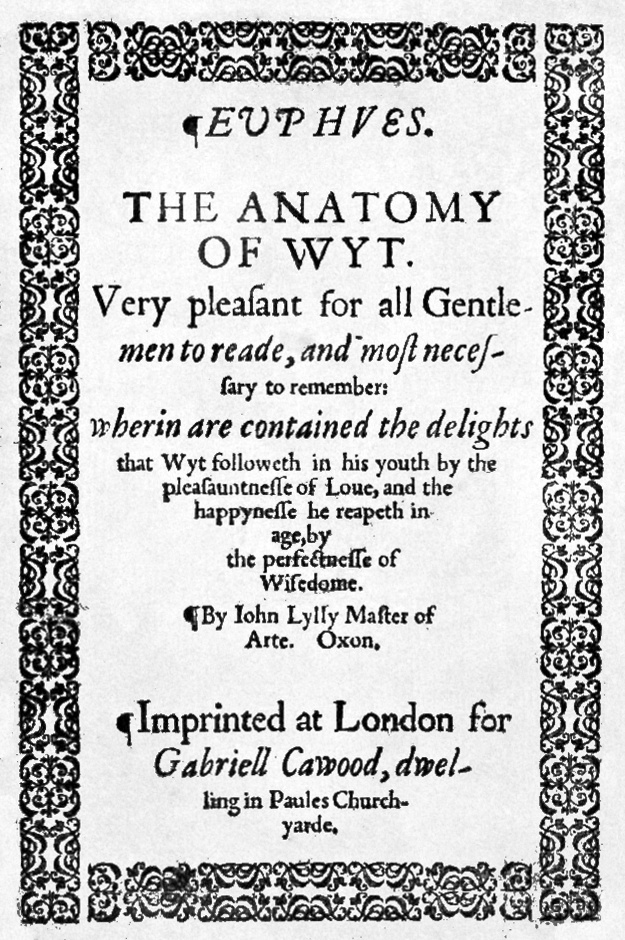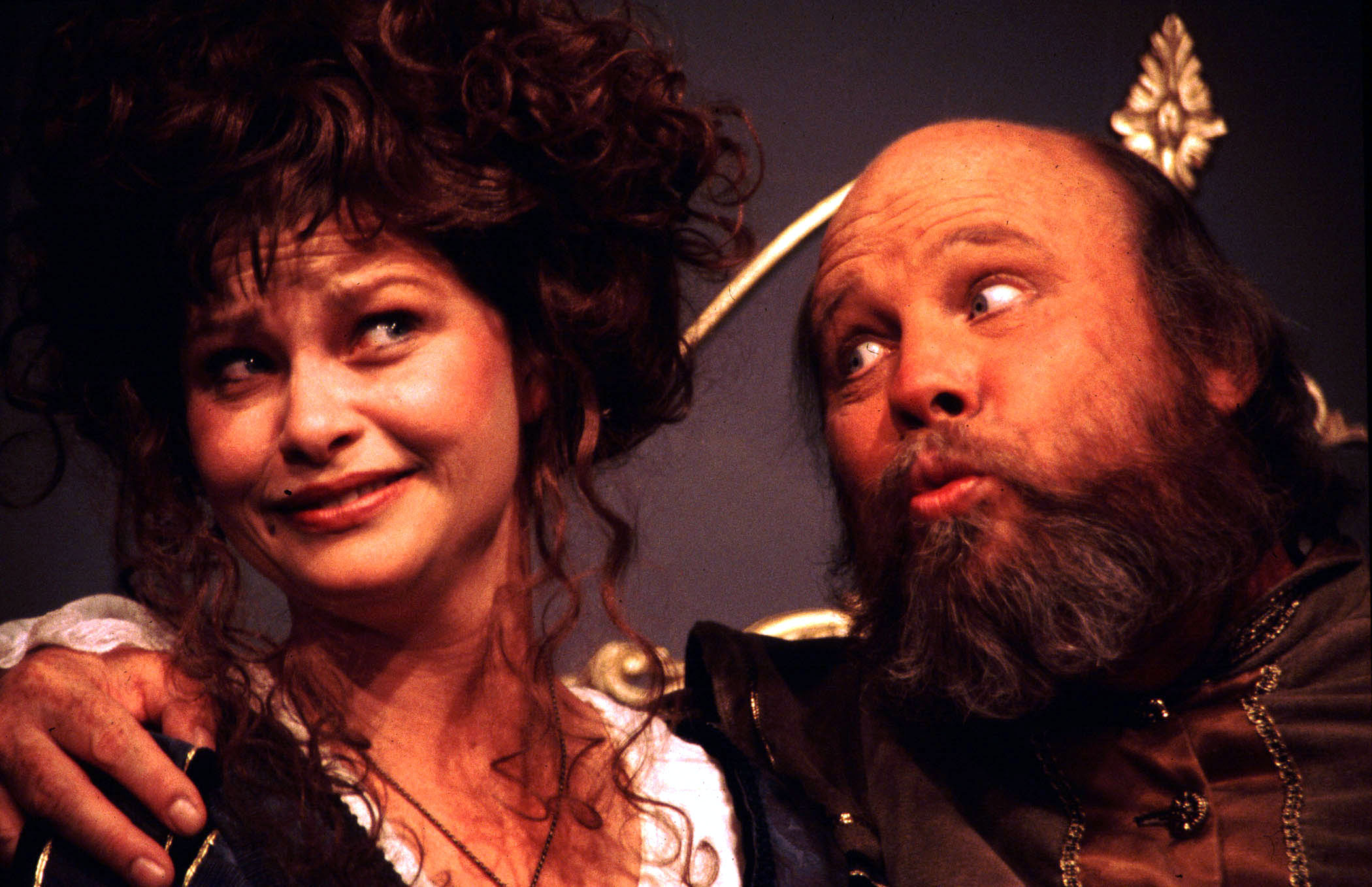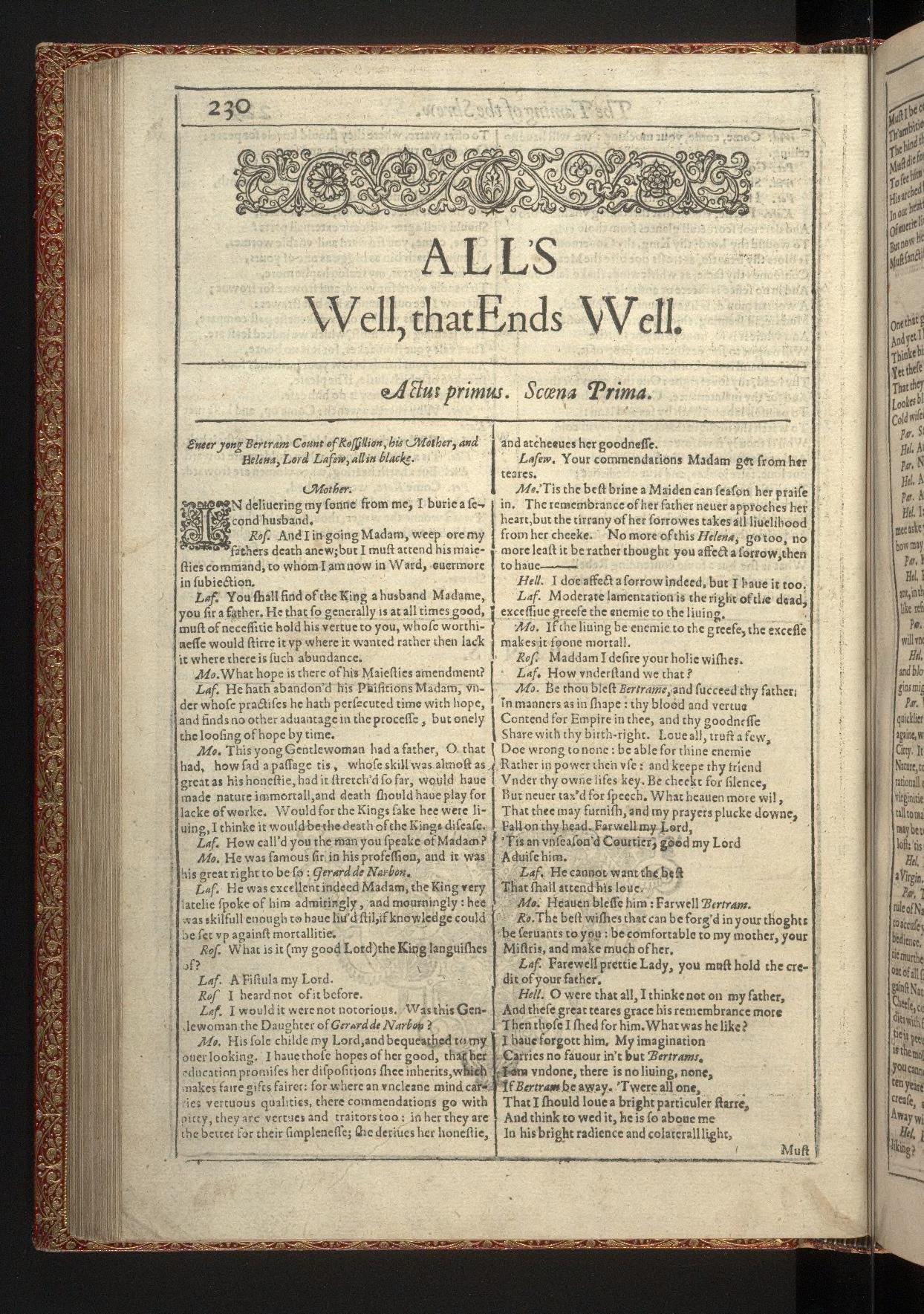|
Alazon
''Alazṓn'' ( grc, ἀλαζών) is one of three stock characters in comedy of the theatre of ancient Greece. He is the opponent of the '' eirôn''. The ''alazṓn'' is an impostor that sees himself as greater than he actually is. The ''senex iratus'' (the angry father) and the ''miles gloriosus'' (the braggart soldier) are two types of ''alazṓn''. ''Miles Gloriosus'' ''Miles Gloriosus'' (literally, "braggart-soldier", in Latin) is a stock character of a boastful soldier from the comic theatre of ancient Rome, and variations on this character have appeared in drama and fiction ever since.Frye, Northrop. 1957. ''Anatomy of Criticism: Four Essays''. London: Penguin, 1990. . The character derives from the ''alazṓn'' or "braggart" of the Greek Old Comedy (e.g. Aristophanes). The term "Miles Gloriosus" is occasionally applied in a contemporary context to refer to a posturing and self-deceiving boaster or bully. Literary instances In the play '' Miles Gloriosus'' ( ... [...More Info...] [...Related Items...] OR: [Wikipedia] [Google] [Baidu] |
Eiron
In the theatre of ancient Greece, the ''eirōn'' ( grc, εἴρων) "dissembler" was one of various stock characters in comedy.Carlson (1993, 23) and Janko (1987, 45, 170). The usually succeeded by bringing down his braggart opponent (the "boaster") by understating his own abilities.Frye (1957, 172). History The developed in Greek Old Comedy and can be found in many of Aristophanes' plays. For example, in '' The Frogs'', after the God Dionysus claims to have sunk 12 or 13 enemy ships with Cleisthenes (son of Sibyrtius), his slave Xanthias says "Then I woke up." The philosopher Aristotle mentions the in his '' Nicomachean Ethics'', where he says: "in the form of understatement, self-deprecation, and its possessor the self-deprecator" (1108a12).'ἡ δ' ἐπὶ τὸ ἔλαττον εἰρωνεία καὶ εἴρων (1108a12, emphasis added); Perseus Digital Library (2006)Aristotle, Nicomachean Ethics In this passage, Aristotle establishes the ''eirōn'' as one of the ... [...More Info...] [...Related Items...] OR: [Wikipedia] [Google] [Baidu] |
Miles Gloriosus (play)
''Miles Gloriosus'' is a comedic play written by Titus Maccius Plautus (c. 254–184 B.C.). The title can be translated as "The Swaggering Soldier" or "Vainglorious Soldier". His source for ''Miles Gloriosus'' was a Greek play, now lost, called '' Alazon'' or ''The Braggart''. Although the characters in ''Miles Gloriosus'' speak Latin, they are Greeks and largely have Greek names, clothing, and customs. The action takes place in Ephesus, a Greek city on the coast of Asia Minor, famous for its Temple of Artemis, one of the Seven Wonders of the Ancient World. The play is thought to date from early in Plautus's career, partly because it contains no polymetric songs (which became frequent in the later plays), and partly because lines 210–211 have been taken as a reference to the temporary imprisonment of the poet Naevius in 206 BC. Plot summary Backstory and prologue The play commences with the entrance of Pyrgopolynices (the '' alazon'' stock character 'Miles Gloriosus' of th ... [...More Info...] [...Related Items...] OR: [Wikipedia] [Google] [Baidu] |
MIles Gloriosus (Grupo Parrocha) (6985293553)
The mile, sometimes the international mile or statute mile to distinguish it from other miles, is a British imperial unit and United States customary unit of distance; both are based on the older English unit of length equal to 5,280 English feet, or 1,760 yards. The statute mile was standardised between the British Commonwealth and the United States by an international agreement in 1959, when it was formally redefined with respect to SI units as exactly . With qualifiers, ''mile'' is also used to describe or translate a wide range of units derived from or roughly equivalent to the Roman mile, such as the nautical mile (now exactly), the Italian mile (roughly ), and the Chinese mile (now exactly). The Romans divided their mile into 5,000 Roman feet but the greater importance of furlongs in Elizabethan-era England meant that the statute mile was made equivalent to or in 1593. This form of the mile then spread across the British Empire, some successor states of which con ... [...More Info...] [...Related Items...] OR: [Wikipedia] [Google] [Baidu] |
A Funny Thing Happened On The Way To The Forum
''A Funny Thing Happened on the Way to the Forum'' is a musical with music and lyrics by Stephen Sondheim and book by Burt Shevelove and Larry Gelbart. Inspired by the farces of the ancient Roman playwright Plautus (254–184 BC), specifically '' Pseudolus'', '' Miles Gloriosus'', and '' Mostellaria'', the musical tells the bawdy story of a slave named Pseudolus and his attempts to win his freedom by helping his young master woo the girl next door. The plot displays many classic elements of farce, including puns, the slamming of doors, cases of mistaken identity (frequently involving characters disguising themselves as one another), and satirical comments on social class. The title derives from a line often used by vaudeville comedians to begin a story: "A funny thing happened on the way to the theater". The musical's original 1962 Broadway run won several Tony Awards, including Best Musical and Best Author (Musical). ''A Funny Thing'' has enjoyed several Broadway and We ... [...More Info...] [...Related Items...] OR: [Wikipedia] [Google] [Baidu] |
John Lyly
John Lyly (; c. 1553 or 1554 – November 1606; also spelled ''Lilly'', ''Lylie'', ''Lylly'') was an English writer, dramatist of the University Wits, courtier, and parliamentarian. He was best known during his lifetime for his two books '' Euphues: The Anatomy of Wit'' (1578) and its sequel ''Euphues and His England'' (1580), but perhaps best remembered now for his plays. Lyly's distinctive and much imitated literary style, named after the title character of his two books, is known as '' euphuism''. Biography John Lyly was born in Kent, England, in 1553/1554, the eldest son of Peter Lyly and his wife, Jane Burgh (or Brough), of Burgh Hall in the North Riding of Yorkshire. He was probably born either in Rochester, where his father is recorded as a notary public in 1550, or in Canterbury, where his father was the Registrar for the Archbishop Matthew Parker and where the births of his siblings are recorded between 1562 and 1568. His grandfather was William Lily, the grammar ... [...More Info...] [...Related Items...] OR: [Wikipedia] [Google] [Baidu] |
Henry IV, Part 1
''Henry IV, Part 1'' (often written as ''1 Henry IV'') is a history play by William Shakespeare, believed to have been written no later than 1597. The play dramatises part of the reign of King Henry IV of England, beginning with the battle at Homildon Hill late in 1402, and ending with King Henry's victory in the Battle of Shrewsbury in mid-1403. In parallel to the political conflict between King Henry and a rebellious faction of nobles, the play depicts the escapades of King Henry's son, Prince Hal (the future King Henry V), and his eventual return to court and favour. ''Henry IV, Part 1'' is the first of Shakespeare's two plays which deal with the reign of Henry IV (the other being '' Henry IV, Part 2''), and the second play in the Henriad, a modern designation for the tetralogy of plays that deal with the successive reigns of Richard II, Henry IV, and Henry V. From its first performance on, it has been an extremely popular work both with the public and critics. Cha ... [...More Info...] [...Related Items...] OR: [Wikipedia] [Google] [Baidu] |
Falstaff
Sir John Falstaff is a fictional character who appears in three plays by William Shakespeare and is eulogised in a fourth. His significance as a fully developed character is primarily formed in the plays '' Henry IV, Part 1'' and ''Part 2'', where he is a companion to Prince Hal, the future King Henry V of England. Falstaff is also featured as the buffoonish suitor of two married women in ''The Merry Wives of Windsor''. Though primarily a comic figure, Falstaff embodies a depth common to Shakespeare's major characters. A fat, vain, and boastful knight, he spends most of his time drinking at the Boar's Head Inn with petty criminals, living on stolen or borrowed money. Falstaff leads the apparently wayward Prince Hal into trouble, and is ultimately repudiated after Hal becomes king. Falstaff has since appeared in other media, including operas by Giuseppe Verdi, Ralph Vaughan Williams, and Otto Nicolai, and in Orson Welles' 1966 film '' Chimes at Midnight''. The operas focus ... [...More Info...] [...Related Items...] OR: [Wikipedia] [Google] [Baidu] |
All's Well That Ends Well
''All's Well That Ends Well'' is a play by William Shakespeare, published in the '' First Folio'' in 1623, where it is listed among the comedies. There is a debate regarding the dating of the composition of the play, with possible dates ranging from 1598 to 1608. also aCentre for Early Modern Studies, University of Oxford accessed 22 April 2012: "The recent redating of All’s Well from 1602–03 to 1606–07 (or later) has gone some way to resolving some of the play’s stylistic anomalies" ... " ylistically it is striking how many of the widely acknowledged textual and tonal problems of All’s Well can be understood differently when we postulate dual authorship." Bertram is compelled to marry Helena. Bertram refuses to consummate their marriage. He goes to Italy. In Italy he courts Diana. Helena meets Diana. They perform the bed trick. The play is considered one of Shakespeare's " problem plays", a play that poses complex ethical dilemmas that require more than typicall ... [...More Info...] [...Related Items...] OR: [Wikipedia] [Google] [Baidu] |
Love's Labour's Lost
''Love's Labour's Lost'' is one of William Shakespeare's early comedies, believed to have been written in the mid-1590s for a performance at the Inns of Court before Queen Elizabeth I. It follows the King of Navarre and his three companions as they attempt to swear off the company of women for three years in order to focus on study and fasting. Their subsequent infatuation with the Princess of France and her ladies makes them forsworn (break their oath). In an untraditional ending for a comedy, the play closes with the death of the Princess's father, and all weddings are delayed for a year. The play draws on themes of masculine love and desire, reckoning and rationalisation, and reality versus fantasy. Though first published in quarto in 1598, the play's title page suggests a revision of an earlier version of the play. There are no obvious sources for the play's plot. The use of apostrophes in the play's title varies in early editions, though it is most commonly given as ''Love ... [...More Info...] [...Related Items...] OR: [Wikipedia] [Google] [Baidu] |
Henry V (play)
''Henry V'' is a history play by William Shakespeare, believed to have been written near 1599. It tells the story of King Henry V of England, focusing on events immediately before and after the Battle of Agincourt (1415) during the Hundred Years' War. In the First Quarto text, it was titled ''The Cronicle History of Henry the fift'', and ''The Life of Henry the Fifth'' in the First Folio text. The play is the final part of a tetralogy, preceded by '' Richard II'', '' Henry IV, Part 1'', and '' Henry IV, Part 2''. The original audiences would thus have already been familiar with the title character, who was depicted in the ''Henry IV'' plays as a wild, undisciplined young man. In ''Henry V'', the young prince has matured. He embarks on an expedition to France and, his army badly outnumbered, defeats the French at Agincourt. Characters * Chorus The English * King Henry V * Duke of Gloucester – Henry's brother * Duke of Bedford – Henry's brother * Duke of Clarence ... [...More Info...] [...Related Items...] OR: [Wikipedia] [Google] [Baidu] |
The Merry Wives Of Windsor
''The Merry Wives of Windsor'' or ''Sir John Falstaff and the Merry Wives of Windsor'' is a comedy by William Shakespeare first published in 1602, though believed to have been written in or before 1597. The Windsor of the play's title is a reference to the town of Windsor, also the location of Windsor Castle, in Berkshire, England. Though nominally set in the reign of Henry IV or early in the reign of Henry V, the play makes no pretence to exist outside contemporary Elizabethan-era English middle-class life. It features the character Sir John Falstaff, the fat knight who had previously been featured in '' Henry IV, Part 1'' and ''Part 2''. It has been adapted for the opera at least ten times. The play is one of Shakespeare's lesser-regarded works among literary critics. Tradition has it that ''The Merry Wives of Windsor'' was written at the request of Queen Elizabeth I. After watching '' Henry IV Part I'', she asked Shakespeare to write a play depicting Falstaff in love. ... [...More Info...] [...Related Items...] OR: [Wikipedia] [Google] [Baidu] |
_(6985293553).jpg)






